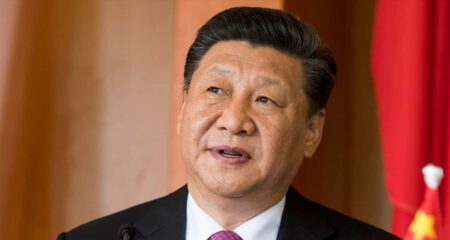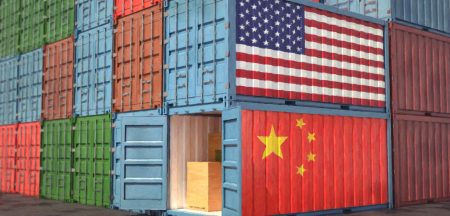 A top US spy chief said China is increasingly using its companies to find vulnerabilities in their own computer networks and then tapping that knowledge to target foreign nations and industries.
A top US spy chief said China is increasingly using its companies to find vulnerabilities in their own computer networks and then tapping that knowledge to target foreign nations and industries.
“We’re really seeing China be very aggressive,” General Timothy Haugh, the director of the National Security Agency and head of Cyber Command, said in an interview.
In response, the US is “rapidly working with any number of nations to expose wherever we can what vulnerabilities exist in systems and also Chinese actions to take advantage of that,” Haugh added in the interview on Friday on the sidelines of the Shangri-La Dialogue in Singapore.
In March, the US, UK and New Zealand accused China of sponsoring malicious cyber activity in targeting democratic institutions. London and Washington said hackers backed by Beijing had targeted politicians, companies and dissidents for years, and stole troves of British voter data.
China, too, sees itself as a victim of cyberattacks from the US and its allies, and routinely rejects accusations of hacking. Beijing specifically disputed the US, UK and New Zealand claims earlier this year, calling them “groundless and irresponsible”.
President Xi Jinping’s government has said it confronts “unprecedented risks and challenges” in safeguarding national secrets and has stepped up training at government agencies, universities and state-owned enterprises on how to safeguard state secrets.
Reorganisation
China also recently began a sweeping reorganisation of its cyber forces, announcing that it will terminate the Strategic Support Force that was created more than eight years ago to enhance capabilities in space, cyber, political and electronic warfare. Instead, Xi’s government is creating a new branch called the Information Support Force.
Haugh succeeded retired General Paul Nakasone as the head of both NSA and Cyber Command early this year. Before taking on those roles, Haugh warned about the threats AI could pose to the 2024 election and China’s potential exports of AI technology to control civilian populations. — Philip J Heijmans and Peter Martin, (c) 2024 Bloomberg LP




